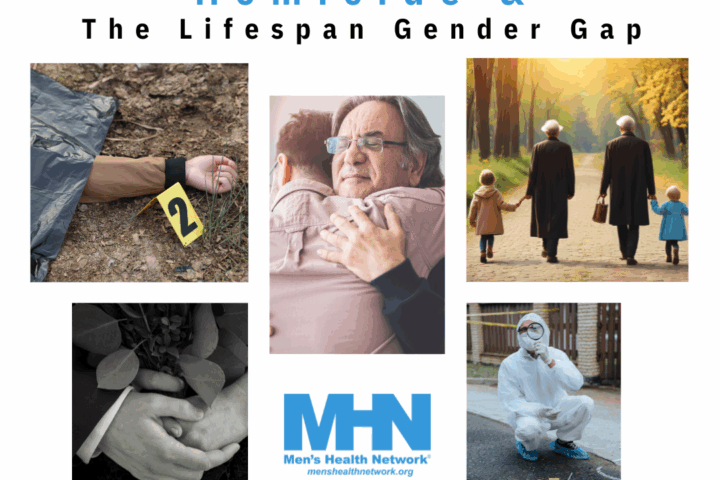The first thing to know about sexually transmitted infections (STIs) is that you don’t need to have sex to become affected by one. Any form of skin-on-skin contact with another person could be sufficient to transfer an STI if the other party is already affected. That’s not to say that you will have an STI if you hug someone or shake their hand; the takeaway is that there’s the possibility of being infected.
The best way of confirming the potential presence of an STI is to go for screening. It’s the best action you can take for two primary reasons: if you don’t have an infection, any worries you might have had will cease; if an STI is detected, it’s probably still early enough to get it treated adequately. The worst thing you can do is to live with the doubt and let the infection develop, if one exists. The longer an STI goes undetected, the likelier it is that you could be the victim of serious health problems.

Embedded from Union Quay Medical Centre
Everyone is advised to avail of screening, but it is especially recommended for those who have had unprotected sex, have had multiple sexual partners, are beginning a new sexual relationship or have shared injecting equipment.
STIs are already far too regular occurrences in the US. Twenty million new cases are diagnosed each year, half of these involving young people between the ages of 15 and 24. That’s 10 million young people, some of whom are still minors, who could be putting their long-term health at serious risk so needlessly.
The infographic above from Union Quay Medical Centre in Ireland outlines the STI screening process for those who might not know what is involved. The old proverb of ‘prevention is better than cure’ most certainly rings true where STIs are concerned.
If you’re having trouble viewing the infographic, click here.




